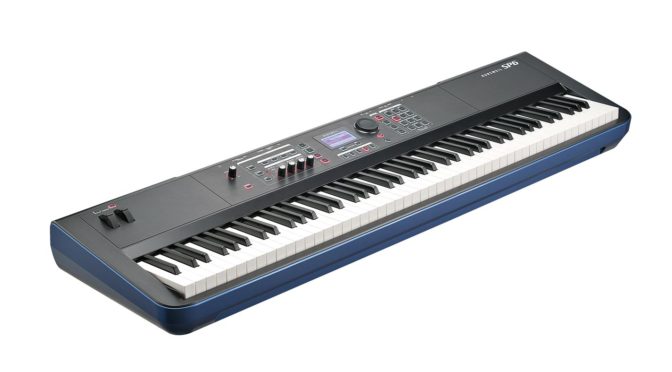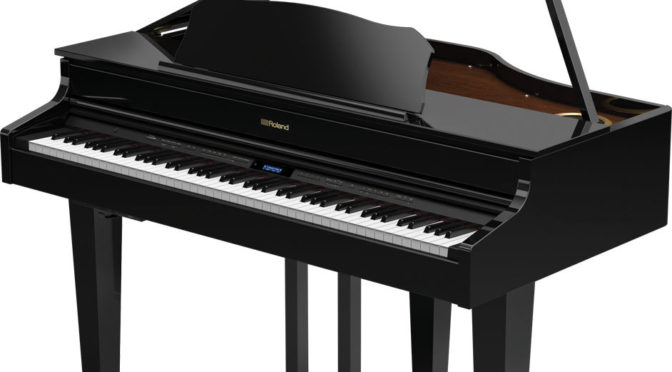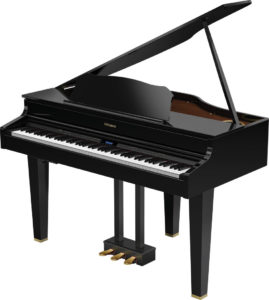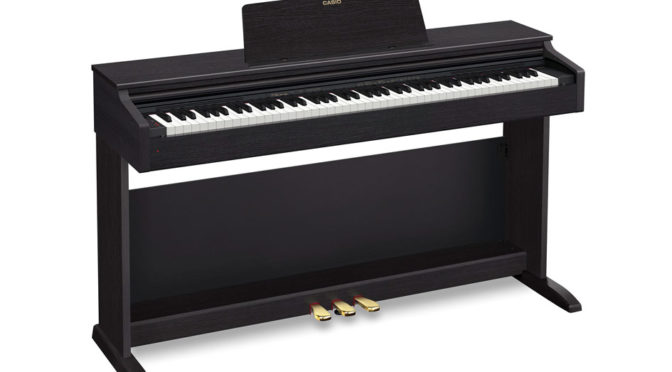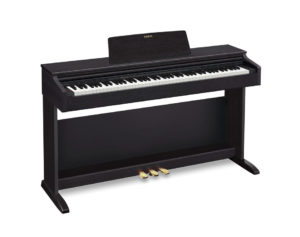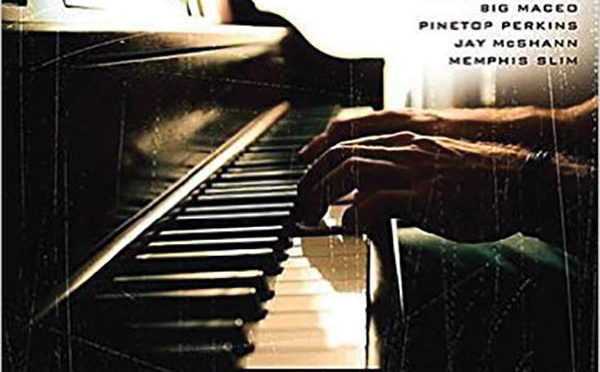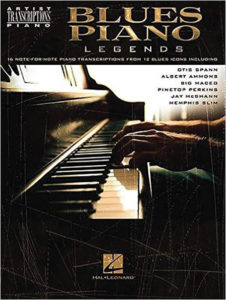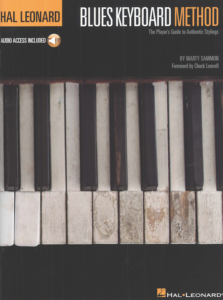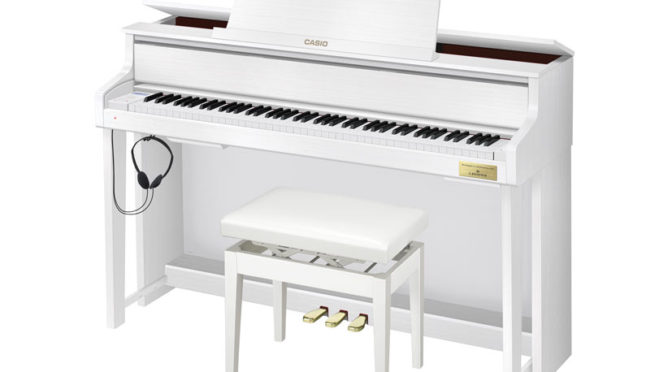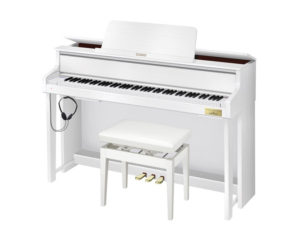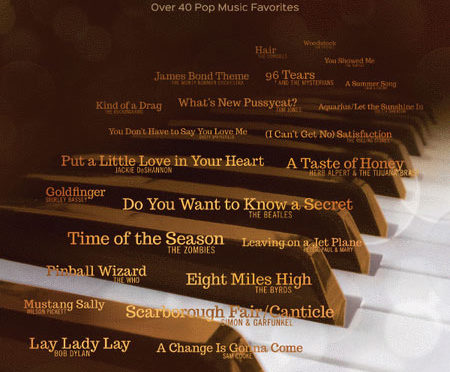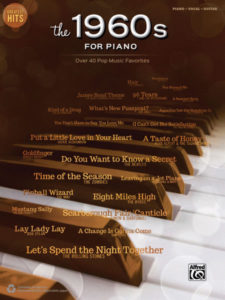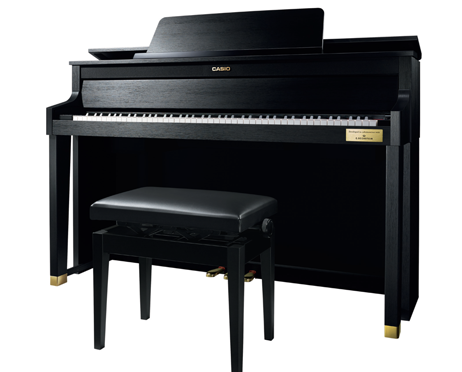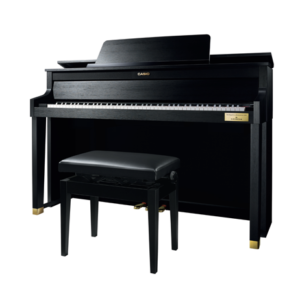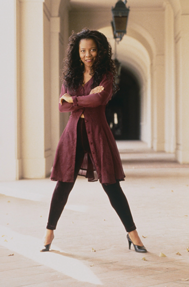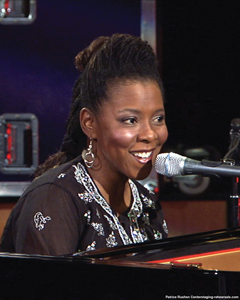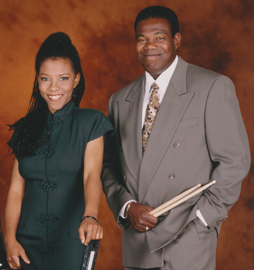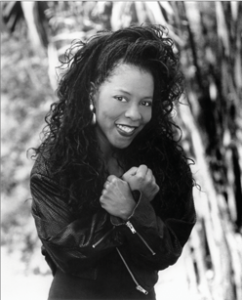Now is the right time to become an American Federation of Musicians member. From ragtime to rap, from the early phonograph to today's digital recordings, the AFM has been there for its members. And now there are more benefits available to AFM members than ever before, including a multi-million dollar pension fund, excellent contract protection, instrument and travelers insurance, work referral programs and access to licensed booking agents to keep you working.
As an AFM member, you are part of a membership of more than 80,000 musicians. Experience has proven that collective activity on behalf of individuals with similar interests is the most effective way to achieve a goal. The AFM can negotiate agreements and administer contracts, procure valuable benefits and achieve legislative goals. A single musician has no such power.
The AFM has a proud history of managing change rather than being victimized by it. We find strength in adversity, and when the going gets tough, we get creative - all on your behalf.
Like the industry, the AFM is also changing and evolving, and its policies and programs will move in new directions dictated by its members. As a member, you will determine these directions through your interest and involvement. Your membership card will be your key to participation in governing your union, keeping it responsive to your needs and enabling it to serve you better. To become a member now, visit www.afm.org/join.
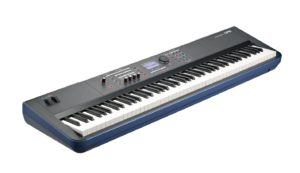 Combining FlashPlay technology, 128-voice polyphony, powerful DSP, and an intuitive user interface, the portable Kurzweil SP6 is ideal for stage and studio. Its 88 fully-weighted keys provide the feel of an acoustic grand. Aside from high-definition piano sounds, KB3 ToneReal organs emulate Hammond, Vox, and Farfisa models. The SP6 features 256 factory programs in 10 instrument categories, with space for 1,024 user programs. Users can easily create split and layered configurations with up to four zones in Multi Mode. It comes with USB and MIDI connections, a headphone output, and stereo audio outputs with 32-bit DACs. SP6 packs high-end features into an affordable price ($1,295 MAP).
Combining FlashPlay technology, 128-voice polyphony, powerful DSP, and an intuitive user interface, the portable Kurzweil SP6 is ideal for stage and studio. Its 88 fully-weighted keys provide the feel of an acoustic grand. Aside from high-definition piano sounds, KB3 ToneReal organs emulate Hammond, Vox, and Farfisa models. The SP6 features 256 factory programs in 10 instrument categories, with space for 1,024 user programs. Users can easily create split and layered configurations with up to four zones in Multi Mode. It comes with USB and MIDI connections, a headphone output, and stereo audio outputs with 32-bit DACs. SP6 packs high-end features into an affordable price ($1,295 MAP).